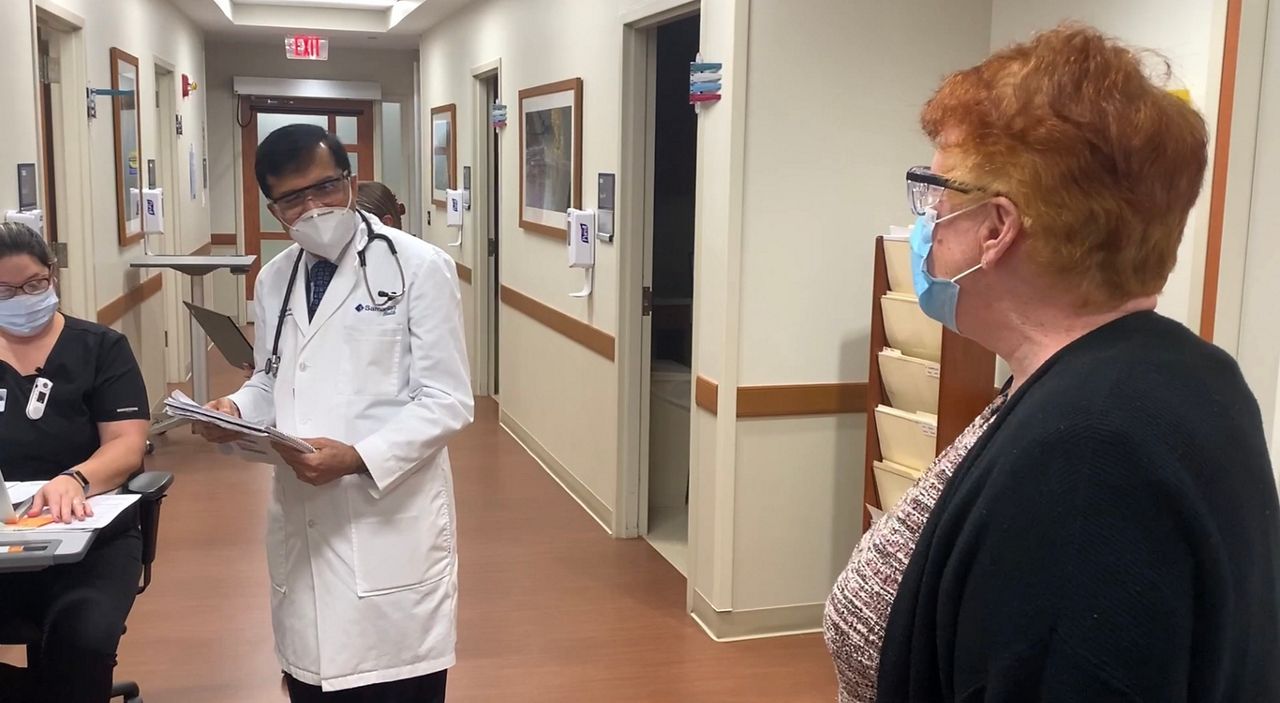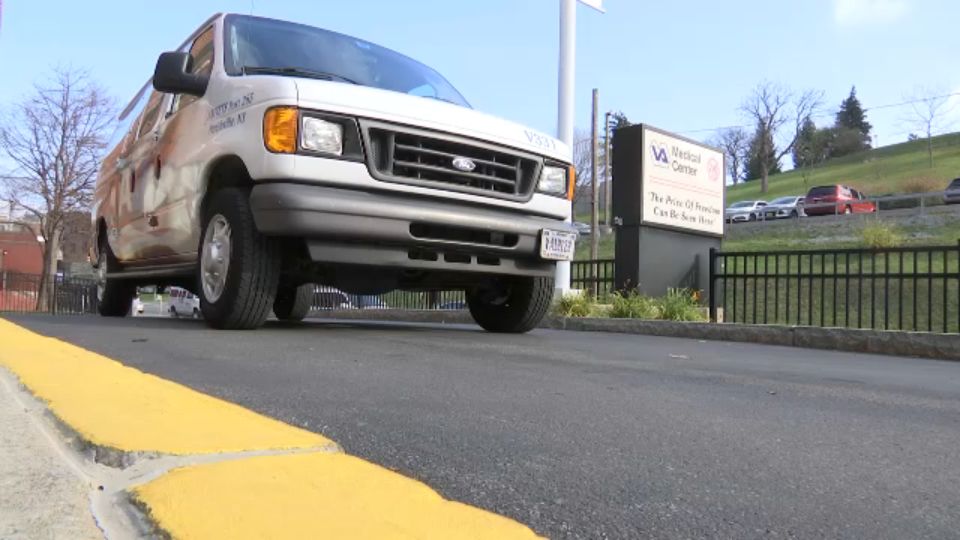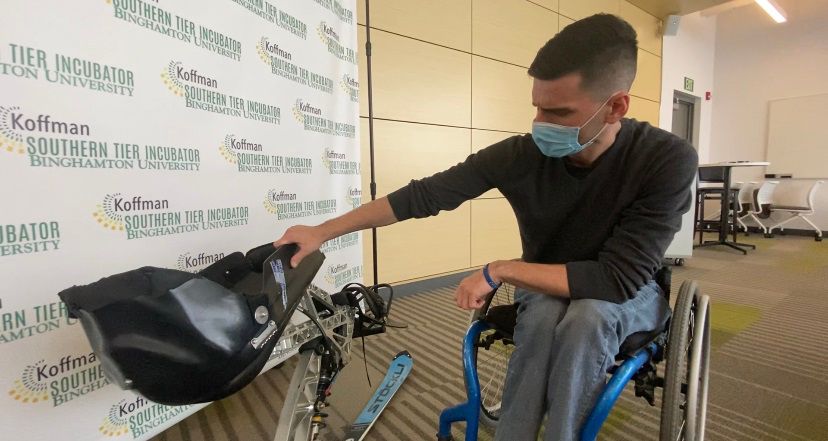A new technology known as the Vios Monitoring System is helping staff at Bishop Rehabilitation and Nursing Center to observe vital signs of multiple patients at once and track changes in those signs over time.
“If you do a traditional set of vital signs, you get a snapshot,” said Bishop Rehabilitation and Nursing Center Respiratory Services Director James Waters.
Waters says with Vios now in the mix, signs that may point to more serious health conditions that could have been missed in the traditional method can be tracked more quickly and accurately.
“We frequently identify previously undiagnosed conditions, especially immediately after admission, simply because we have that fidelity of data," said Waters. “Right now, you can’t even really tell that Craig is using this equipment, which, of course, makes it easier for anyone who is using it."
Craig, a Bishop staff member, tried it out.
“If we were to get Craig up right now and make him do some jumping jacks for us or something, we would be able to see the changes in his heart rate, and if there was any changes in the cardiac arrhythmia, it would not only give us an alarm at the bedside, it would also, the Telemetry Tech, would pick up on it and give us a call,” Waters said.
Chernard Williams, an RN manager, says being able to identify changes means the Bishop team can make interventions to help prevent something bad from happening.
“We can prevent them from going to the hospital. We can give them IV fluids, antibiotics,” Williams said. “We can call in for EKG’s, echocardiograms, things of that nature.”
The remote monitoring system is also helpful for observing patients using the rehab facility.
“We can identify what someone’s maybe maximum exercise level is, and set them up with a regiment that’s sustainable for them, and gives them a maximum benefit with a regard to safety as well,” Waters said.
“In terms of health care, there’s a special type of feeling that you get when you save someone or you prevent someone from going down the wrong path with their health, so it’s very rewarding every day,” said Williams.
Staff also say the remote monitoring system has been helpful during the pandemic because staff can see changes in oxygenation. Sometimes, staff notice changes before the patients themselves do.









